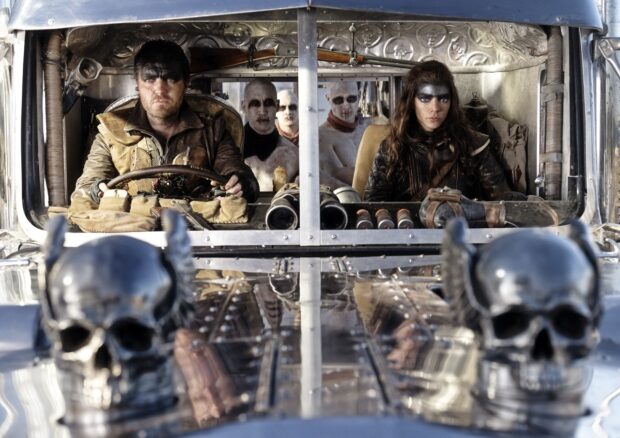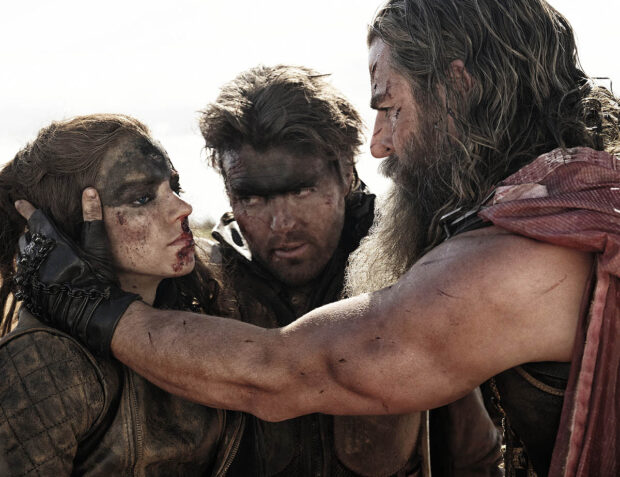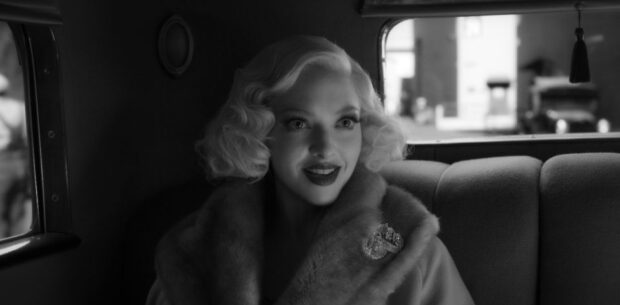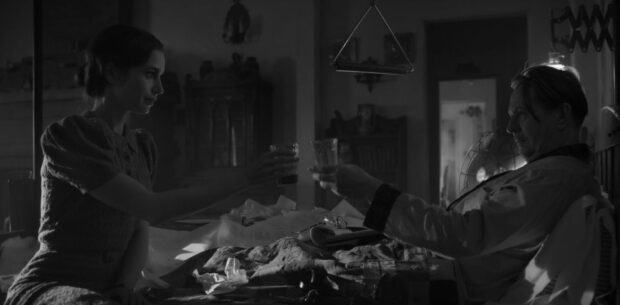By the time you finish this sentence, Steven Soderbergh may have released another film. Since ending his so-called retirement nearly a decade ago, the ever-prolific filmmaker has delivered over a dozen features and several television projects. BLACK BAG follows Presence as his second film of 2025—and it might just be one of the year’s best so far.
With a screenplay by David Koepp—who recently collaborated with Soderbergh on Kimi and Presence—this spy thriller appears deceptively simple at first. George Woodhouse (Michael Fassbender) and Kathryn St. Jean (Cate Blanchett) are a married spy duo working for the British government. When a top-secret asset vanishes, George is tasked with rooting out a mole—who may very well be his wife.
Koepp sets this twisty tale in motion with an almost stage-like economy, beginning at a dinner party in George and Kathryn’s stunning London home. (It’s truly gorgeous—clearly, I’ve chosen the wrong career). The guests are two pairs of colleagues: Clarissa Dubose (Marisa Abela) and Freddie Smalls (Tom Burke), along with Dr. Zoe Vaughan (Naomie Harris) and Col. James Stokes (Regé-Jean Page). They’re also couples—and all are suspects.

Like George himself, Soderbergh’s lens oscillates between cool detachment and uncomfortable intimacy. After all, he’s a master of this kind of up-close grilling, a skill he’s honed since his 1989 debut, Sex, Lies, and Videotape. As the opening dinner party spirals into a bloodier take on Who’s Afraid of Virginia Woolf?, it cracks open a warehouse of secrets—ones that Koepp and Soderbergh spend the rest of the taut runtime sifting through.
What truly sets BLACK BAG apart from other spy dramas is its stellar cast. Fassbender plays George as a closed book, revealing only flickers of his relentless pursuit of the truth. Blanchett, by contrast, brings a charged energy that crackles in their scenes together. The only thing that smoulders more are the withering looks of disdain spy boss Pierce Brosnan casually drops whenever an underling displeases him.
To say much more would be criminal—it’s best left sealed in the titular black bag. From its quiet moments to its nerve-shredding climax, BLACK BAG is a slick, sophisticated thriller that knows exactly how long to stick around.
2025 | USA | DIRECTOR: Steven Soderbergh | WRITERS: David Koepp | CAST: Cate Blanchett, Michael Fassbender, Marisa Abela, Tom Burke, Naomie Harris, Regé-Jean Page, Pierce Brosnan | DISTRIBUTOR: Universal Pictures | RUNNING TIME: 94 minutes | RELEASE DATE: 13 March 2025 (Australia), 14 March 2025 (USA)






